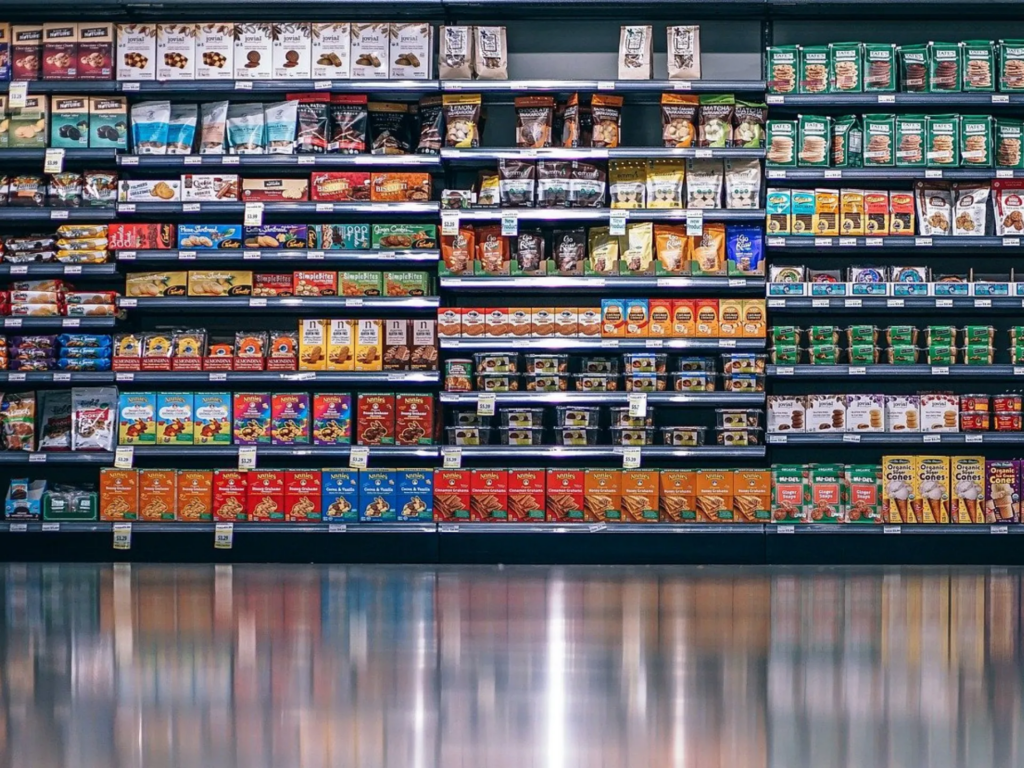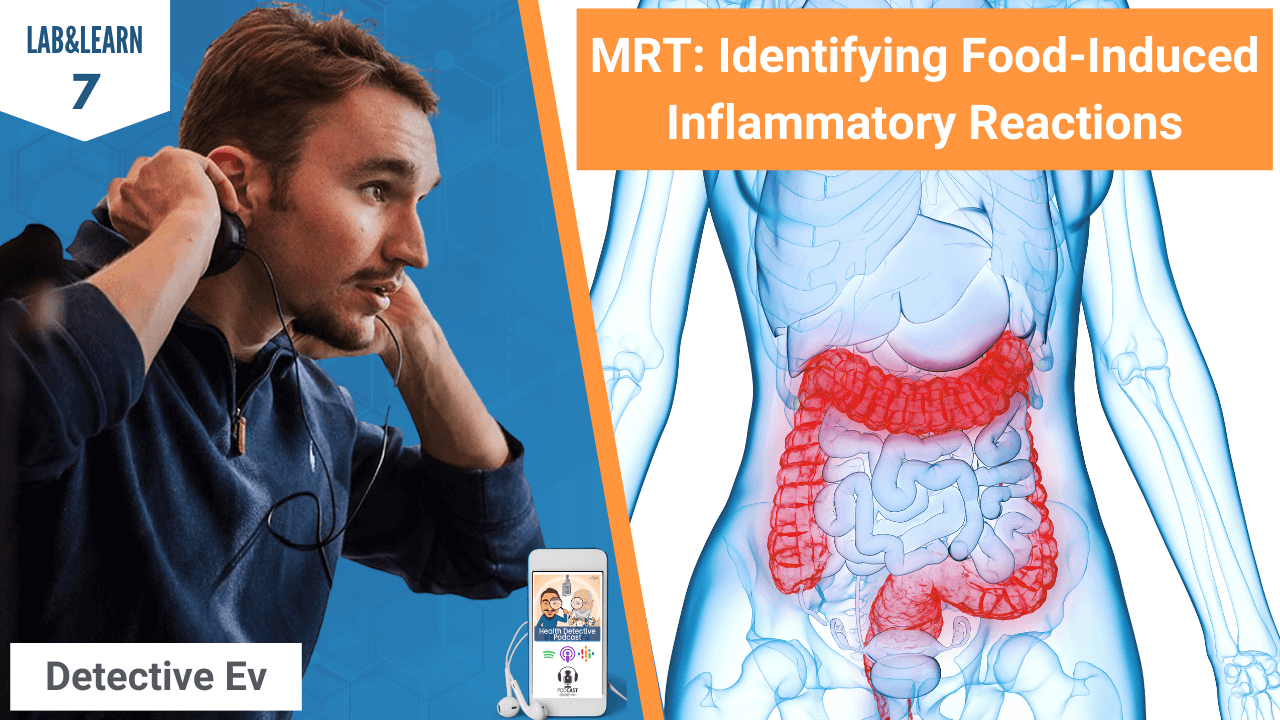Food fuels our bodies and our minds. We could not survive without it. But food has become much more than just a source of nutrition. When used correctly, food can be a powerful medicine. Unfortunately, many of the foods commonly eaten in the U.S. can also be toxic to the body.
The importance of what you eat
Changing what you eat can transform your health. When you find the right diet, you can experience clear skin, healthy weight, high energy, mental clarity, physical fitness, and a balanced mind. The “right diet” will be different from person to person. There is no perfect diet for everyone. We all have our own nutritional needs, based on our genetics and lifestyle.
Have you ever wondered how people in different parts of the world, with different cultures and environments, thrive on vastly different diets?
Some consume high fat and high protein diets, while others eat mainly carbohydrates. Some eat mostly animal products, and others eat largely vegetarian. Yet, as varied as these diets are, most native populations have extremely low rates of chronic disease in comparison to Americans and other Western cultures.
Native people in the far north thrive on diets rich in animal fat and muscle and organ meats. In contrast, natives in the tropical regions thrive on abundant fresh plants, fish, and fruit. Opposite diets, yet, both cultures are quite healthy.
What’s the common denominator?
Both native diets consist of natural, whole foods (plant or animal-based) such as local vegetables, fruits, nuts, seeds, and meats. All of it real food, from the earth. Many of these foods are eaten raw or lightly cooked. Food in these cultures is high in nutrition, low in calories, and in its natural state.
Western diets are quite the opposite. As industrialization and technology have progressed, we’ve moved further and further away from natural, real foods. This has left Americans eating mostly overcooked, over-processed, and chemical-filled “fake” foods.
The Standard American Diet is high in calories and chemicals, but low in nutrition.
Not only are we overfed and under-nourished, but we are also polluting our bodies with toxins from the contaminants found in our food supply. These toxins can mess with your biological systems and leave you vulnerable to chronic disease.
You aren’t eating REAL food anymore
The foods eaten by most Westerners today bear little resemblance to the foods our ancestors ate. The food that we eat today is completely different from the food eaten centuries ago. Our ancestors ate wild, organic fruits and vegetables – fresh and in season. The items were free of pesticides and GMOs. Their diets changed as the seasons passed, providing variety.
Their meats were also organic and grass fed. Meat was wild, fresh, and sometimes consumed raw. They ate the whole animal, including the highly nourishing organ meats, blood, and bone marrow. Because the animals were wild, they were also not fed grains and contained good amounts of saturated fats and low amounts of polyunsaturated fats…the opposite of modern meats.
What is hiding in our food?
More than 3,000 food additives such as preservatives, flavorings, colors, and other ingredients are added factory processed foods in the U.S. 90 percent of the American grocery budget is spent on processed foods loaded with these additives. So, it’s no surprise that the US population is growing fatter and sicker each year. The toxic load is wreaking havoc on our collective health.
We have lost touch with where our food comes from and what goes into creating it. We have become more concerned with convenience than with our health and well-being.
Processed food has become a multi-billion-dollar industry that dangles the carrot of “convenience.” However, the price you pay for convenience is your health. The lure of the brightly colored boxes and bags of easy-to-prepare, vitamin enriched, packaged foods are often hard to resist, especially after a long day of work.
What is really in the package?
Real food spoils. Take real food in its natural state, put it into a box or a bag, and place on a store shelf for weeks or months. After that time, it would certainly be rotten. To make these foods shelf stable, they must be processed. When foods are processed, valuable nutrients are lost. Fiber is removed and natural textures and flavors are lost. What gets left behind is a very bland “food product” that would be unappealing to the taste buds.
Manufacturers must add back in the nutrients, flavors, colors, and textures to these processed fake foods. They do this using food additives. Most commonly, additives are used to increase shelf life. But they also prevent fats and oils from going rancid, keep fruits from oxidizing and turning brown, and enrich the food with synthetic vitamins and minerals that replace the naturally occurring ones that were lost during processing. There are also many food additives that are used to improve the taste, texture, and appearance of the food.
Are we addicted to additives?
Could the chemicals added to your food to improve the taste and texture also be secretly making you addicted?
Some additives like monosodium glutamate (MSG), artificial sweeteners like Aspartame and high fructose corn syrup (HFCS) can be extremely addictive. At the same time, they are damaging to your health. MSG and Aspartame are excito-toxins. They are amino acids that light up our taste buds, but also cause neurons in our brains to die. These additives can sometimes be disguised with clever code names and surprisingly lurk in most processed foods.
MSG
MSG is the most widely used flavor enhancer in the world and is present in about 80 percent of all flavored processed foods. It excites our taste buds and can make even the blandest food taste amazing. MSG can be found in nearly all fast foods, canned foods, frozen meals, and packaged snacks.
This sneaky additive has over 40 aliases, the most common ones: Monosodium Glutamate, Hydrolyzed Vegetable Protein, Hydrolyzed Protein, Hydrolyzed Plant Protein, Plant Protein Extract, Sodium Caseinate, Calcium Caseinate, Yeast Extract, Textured Protein, Autolyzed Yeast, and Malt Extract. MSG can also fly under the radar in ingredients like “spices,” “natural flavorings,” “broth,” and “seasonings.”
While some people can use MSG with no adverse effects, many others have severe reactions to it. Some reactions can be life-threatening. MSG has been linked to asthma, headaches, and heart irregularities. Behavioral and physical problems of children, such as incontinence and seizures, as well as attention deficit disorder (ADD), have been diagnosed and successfully treated as MSG disorders.
Artificial Sweeteners
Artificial sweeteners are some of the worst things you can put in your body. Those pink, blue, and yellow packets contain nothing but addictive poisons. Aspartame is the most used artificial sweetener today, and it is found in diet sodas, sugar free gums, and most foods marketed as “diet” or low calorie.
Diet soda is a very addictive beverage due to the combination of two powerful excito-toxins, aspartame, and caffeine, which kill brain cells. However, before this happens, you get the “diet soda buzz,” which makes you want to drink more. Since there are zero calories no matter how much you consume, there is little holding you back.
There is a lot that should be holding you back. Studies now show that, despite their zero-calorie status, many artificial sweeteners cause weight GAIN. This is because they cause your body to crave carbohydrates. And they set off the same hormonal response as eating real sugar. But weight gain may be the least of your worries. Aspartame has been linked to all sorts of serious health problems, including frontal lobe inflammation, visual disturbances, migraines, cognitive problems, chronic fatigue syndrome, fibromyalgia, neurological conditions, and attention deficit disorder.
High Fructose Corn Syrup (HFCS)
HFCS is the average American’s largest source of calories. American children are consuming about ten times as much sugar as they were a century ago, especially in the form of high fructose corn syrup. The prevalence of HFCS in the Western diet is a significant factor driving today’s obesity epidemic.
HFCS can be found in an alarming number of everyday products—soft drinks, bread, salad dressing, pasta sauce, infant formula, and nearly all processed foods. In this highly concentrated, highly refined form, fructose can have some serious health ramifications. These include weight gain, insulin resistance, metabolic syndrome, inflammation, gout, non-alcoholic fatty liver, and digestive issues. HFCS can be very addictive making it hard to eliminate these foods from the diet.
The U.S.’s Double standards
Many harmful food additives that have been deemed unsafe for human consumption in other countries are perfectly legal and used with little or no restrictions in the United States. Several countries including Russia have placed bans on U.S. beef, pork, and turkey imports, due to the feed additive ractopamine used in the production of these meats.
Seeing that the overall health of Americans is so much poorer than other industrialized countries, you can’t help but wonder whether toxic ingredients such as these might play a role in our unhealthy conditions.
The food industry has already formulated safer, better products for these other countries that refuse to allow the toxic additive into their food supply. In the US, however, our foods remain loaded with chemicals that are hurting our health.
You make the decision
If you want better health for you and your family, you will need to make informed decisions about your own food. The best solution is to avoid packaged and processed foods. Shop at your local farmer’s market. Buy organic, wild, and grass-fed meats and vegetables. Cook and prepare your own meals, including your children’s lunches. If you must buy packaged foods, opt for organic varieties and items with only a few ingredients. Learn to read labels!
It may be difficult to live completely free of processed or packaged foods, so in the very least, avoid these top offenders at all costs:
Preservatives: sodium benzoate, sodium nitrite, BHA, BHT, TBHQ (tertiary butylhydroquinone)
Sweeteners and artificial sweeteners: fructose, high fructose corn syrup, aspartame, sucralose, acesulfame potassium (acesulfame-K)
Artificial colors: FD&C Blue Nos. 1 and 2, FD&C Green No. 3, FD&C Red Nos. 3 and 40, FD&C Yellow Nos. 5 and 6, Orange B, Citrus Red No. 2
Artificial flavors
Flavor enhancers: monosodium glutamate (MSG), hydrolyzed soy protein, autolyzed yeast extract.
Achieving optimal health
Cleaning up your diet and eating real food must be a priority for those looking to achieve optimal health. It can seem daunting, but your health is worth it!
But you don’t have to tackle it all on your own. An FDNThrive coach can help you to start making positive changes in your health today if you need the extra support. Remember that if you treat your body well, it will return the favor.







